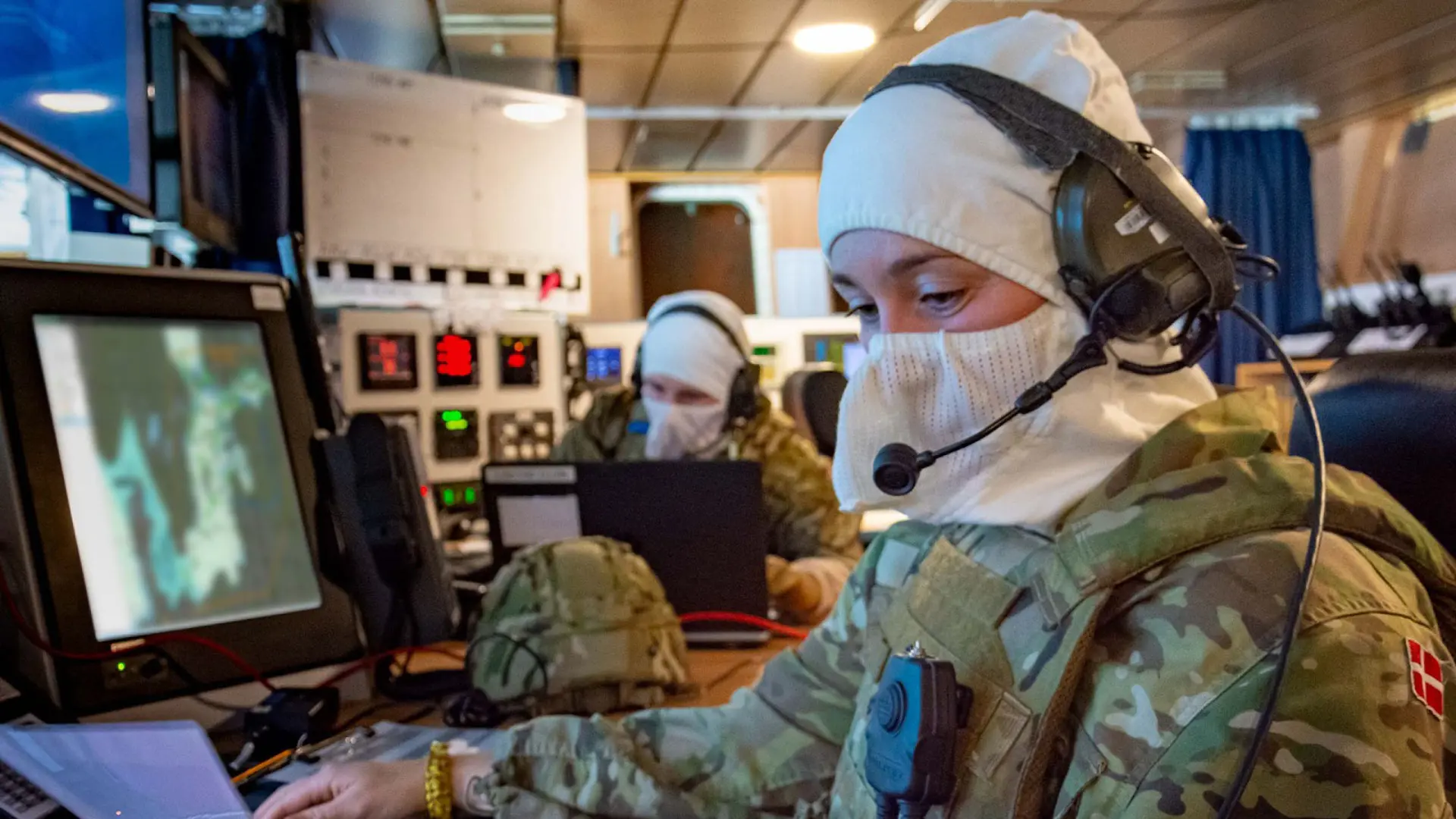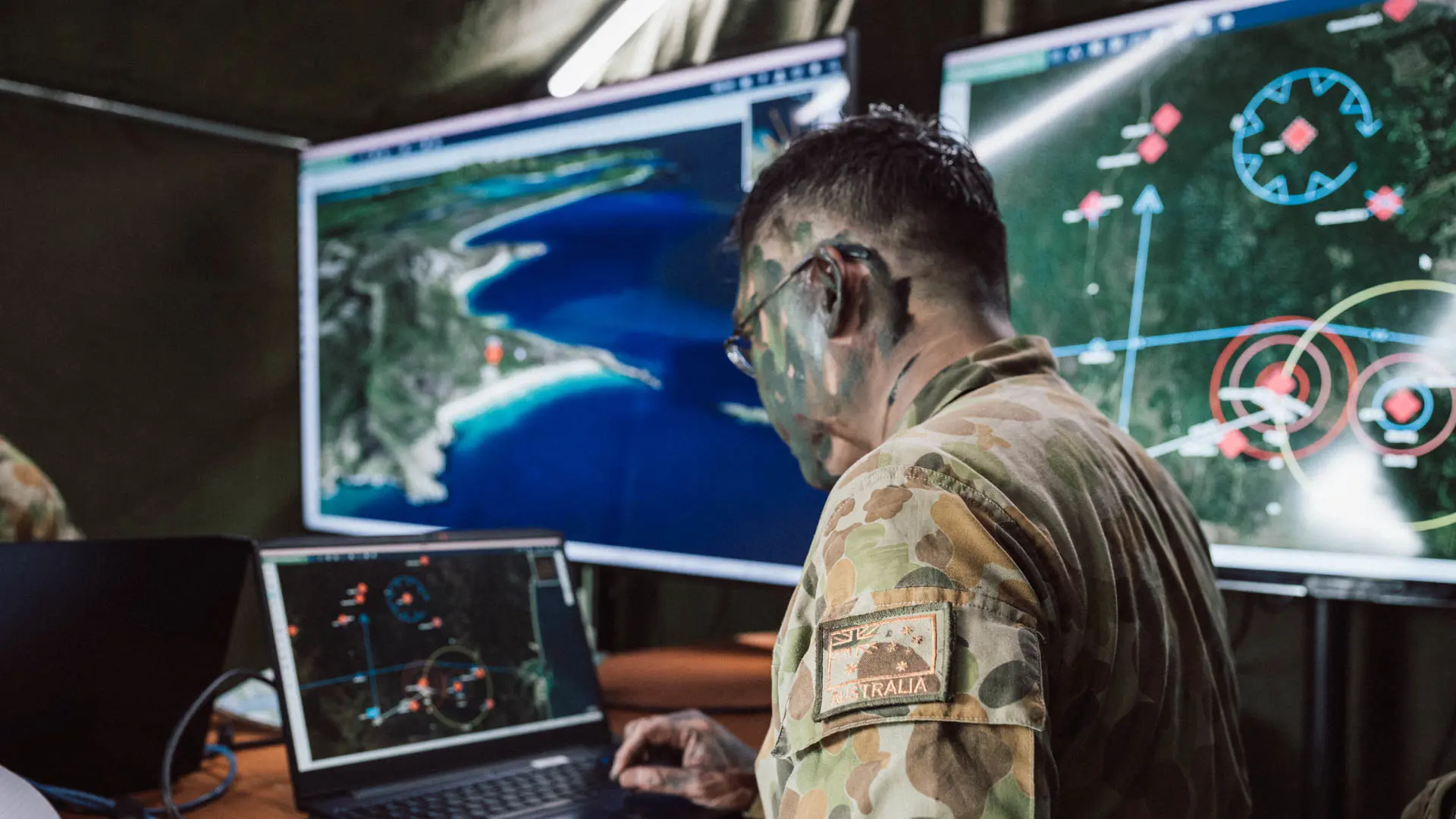Changing tack: the Danish Navy’s return to high-end warfighting presents an opportunity to benefit from advanced C2
The Royal Danish Navy’s decision to shift its focus to ‘classic’ naval warfare marks a significant change in its posture and is introducing advanced capabilities, adding a comprehensive C2 system could act as a force multiplier for the service.
On October 19th the Royal Danish Navy (RDN) marked the reclassification of its Absalon-class ships from command and support vessels to the Anti-Submarine Warfare (ASW) role, a move that is a clear reflection of the changing priorities of many NATO navies for whom the need to counter a peer adversary is now of paramount importance.

The Absalon-class ships – HDMS Absalon and HDMS Esbern Snare – have proven themselves to be more than capable in their command and support roles, with the former acting as the flagship of Combined Task Force 150 in 2008, when it led counter-piracy and counter-terrorism efforts in the Horn of Africa region and North Arabian Sea. The Absalon-class’ ‘flexible’ design has provided significant utility to the RDN, but its new role places its operational focus squarely on the challenging task of ASW.
High-end warfighting
With the RDN’s Iver Huitfeldt-class frigates equipped for anti-air warfare (AAW), the RDN is positioning itself to provide high-end warfighting capabilities to any Task Group in which it will operate.
The Absalon-class is receiving significant upgrades. A new towed array sonar joins the existing hull-mounted system to enable short- and long-range detection of submarines, while a torpedo countermeasures system will complement its existing anti-submarine torpedoes. Further capability is brought by the upgrade of the RDN’s MH-60R Seahawk helicopters, with the addition of a dipping-sonar, sonobuoys, and torpedoes making it a truly ASW platform.
Not to be outdone, the Iver Huitfeldt-class is also receiving upgrades, with an enhanced area air-defence capability coming in the form of the extended range SM-2 missile.
Both classes will offer the RDN advanced capabilities in their specific roles, but they are also designed to accommodate the command staff of a Task Group. This responsibility requires C2 capabilities that go beyond those inherent in the ships’ combat management systems (CMS).

While the CMS enables ‘live’ warfighting, the duties of the Warfare Commander are longer term and far wider reaching. They must be supported by a C2 system that can offer planning and coordination for several weeks ahead, and one which is able to interoperate with multinational forces, typically at the coalition level and often in a Joint environment.
The Warfare Commander needs comprehensive situational awareness and access to a range of information in order to form and implement effective plans, and this can be drawn from units within their Task Group as well as from outside, for example, those controlling land-based maritime patrol assets.
Advanced command-and-control
Specifically for the ASW role, the handling of Water Space Management/Prevention of Mutual Interference in support of a Submarine Operation Authority are priority tasks. Likewise, the AAW commander needs to engage closely with an Air Operations Centre to inform of the Task Group’s requirements, and provide input to Air Coordination Orders and Air Tasking Orders.
The RDN finds itself with a golden opportunity to build on the success of its experience in using SitaWare during its tenure in command of Standing NATO Mine Countermeasures Group 1 in 2019. Further maritime C2 capabilities could be developed for SitaWare alongside the introduction of new systems for the Absalon and Iver Huitfeldt classes, such as a Water Space Management tool for the ASW commander. This approach would enable the crew to train on the complete warfare package, including C2 systems, ahead of full operating capability for the ships.
With NATO countries still using the aging Maritime Command and Control Information System (MCCIS) and awaiting its successor within the framework of the Triton maritime functional service, the maritime-specific functionality within SitaWare – such as the ability to form and manage an ASW Screen Kilo and AAW 4 Whiskey grids – makes the software a solid substitute to MCCIS and a more than capable alternative to Triton.
The RDN finds itself in the same position as many NATO navies. Save for perhaps the US Navy, no NATO member can realistically operate as a standalone Task Group, and the ability to seamlessly work with other navies and their systems is essential for effective C2 - especially in a peer warfare scenario where speed of action will be key. SitaWare’s proven ability to deliver a comprehensive Recognised Maritime Picture, interoperate with multinational partners, and its existing and planned maritime C2 functionalities sets it apart from its competitors.








